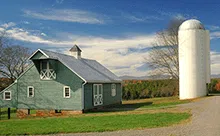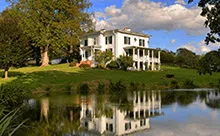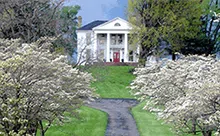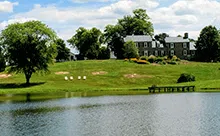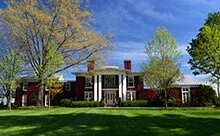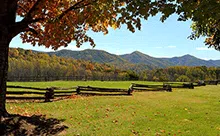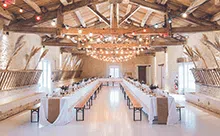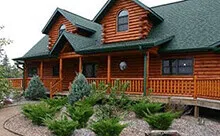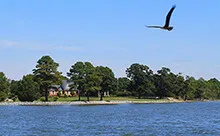
Queen Anne Architecture in Virginia
Queen Anne Style Historic Virginia Homes (1885-1915)
The Queen Anne style is a revival form of the free Renaissance architectural influence attributable to the reign of Queen Anne, who ruled as queen of Great Britain from 1702-1714. Anne was a popular queen who traveled extensively before her crowning, and she was influenced heavily by French and Dutch culture alike. She considered herself a queen of the people and saw England through a rather short but transformational period in European history.
Distinctive features include the very noticeably asymmetrical facade, and the often dominant front-facing gable-ends. A pedimented front porch is common. This serves toward protecting and accentuating the main entrance, and there is often a second story balcony, or balconies, which will be covered with the distinctive, dominant, front-facing gable-end. This allows for full protection from the elements for much of the facade, and imparts a regal air to the entire property.
This style supplanted the popularity in design of the prior Second Empire toward the close of the 19th and the beginning decades of the 20th century. It is sometimes loosely called Victorian; which is a term that covers a broad range of architectural styles, including those of the Second Empire. The Queen Anne style is a departure from previous Grecian precedents, and is the architectural embodiment of the high renaissance, rendering the marriage of sturdy design principles and the sometimes whimsical blueprints of surprise and enchantment.
The romantic feel evoked by many historic Queen Anne style homes is attributable in large part to the industrial revolution. It was during this period, that such building material as ornamental spindles, dentils, sculpted architectural supports and other wooden, iron and steel architectural elements were more easily produced. Complex designs could be achieved for less capital, and this spurred production.
This new age brought home builders a wealth of design options and characteristics and helped popularize the style. The large influx in European architects into America also contributed to the advent of the renaissance in the modern age.
Some of central Virginia’s finest “turn of the century” homes are designed to impart a feel of mystery and romance, and this is achieved completely during this period through the many fine Queen Anne examples throughout central Virginia . The older neighborhoods in Charlottesville, Virginia, contain several stunning examples of this period. Richmond is home to many more historic properties in this style. The Cambell Farm in Edinburg, Virginia, is designed in this distinctive renaissance style and is among the many fine Virginia farms and historic properties included in the National Registry of Historic Places.
The small towns and byways throughout central Virginia are graced with many of these eclectic designs. The polygonal or rounded tower with a slate, or wooden shake, shingled roof is an unmistakable feature of this style. Steeply sloping roof lines, with shakes and one or more monumental chimneys as well as prominent overhanging eaves supported by substantial sculpted wooden corbels are common elements of this style. Often times the dominant front-facing gable-end of an upper level extends out in front of the plane of the lower level exterior wall. Bay windows, oversized eaves and rounded, or polygonal shaped towers are common features integrated into the design.
Nearly all classical design elements can be present; classic columns, painted balustrades, and tightly framed spindle work accentuate the finely crafted, ornate feel of the design.
Key architectural features in Queen Anne architecture as seen in Virginia historic homes:
- An asymmetrical design with prominent front-facing gable-ends
- Polygonal or rounded tower or towers
- Steep pitched roof, and a cantilevered front facade
- Spindals and ornemental corbels accenting porches, balconies, and prominent eaves



















